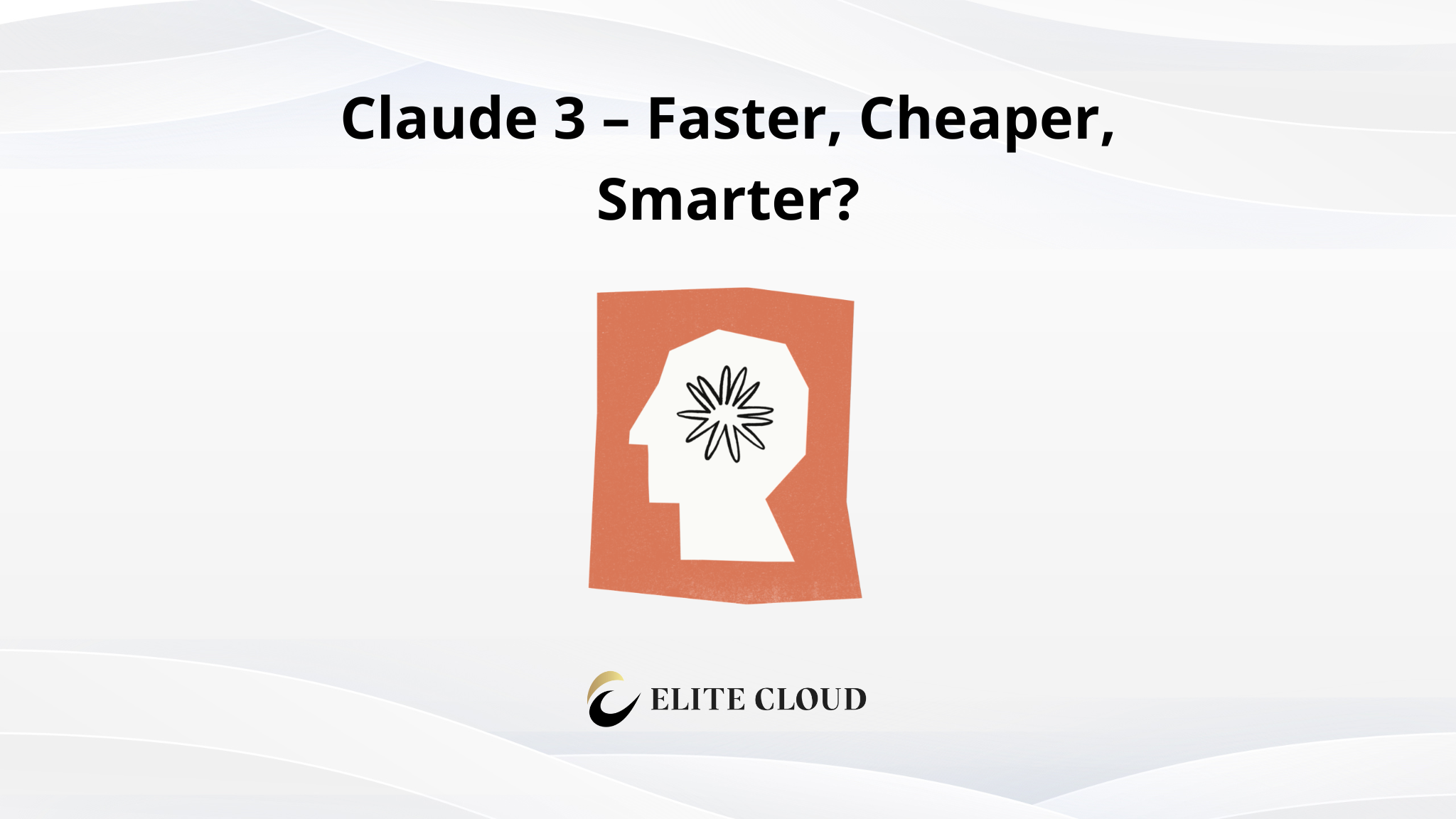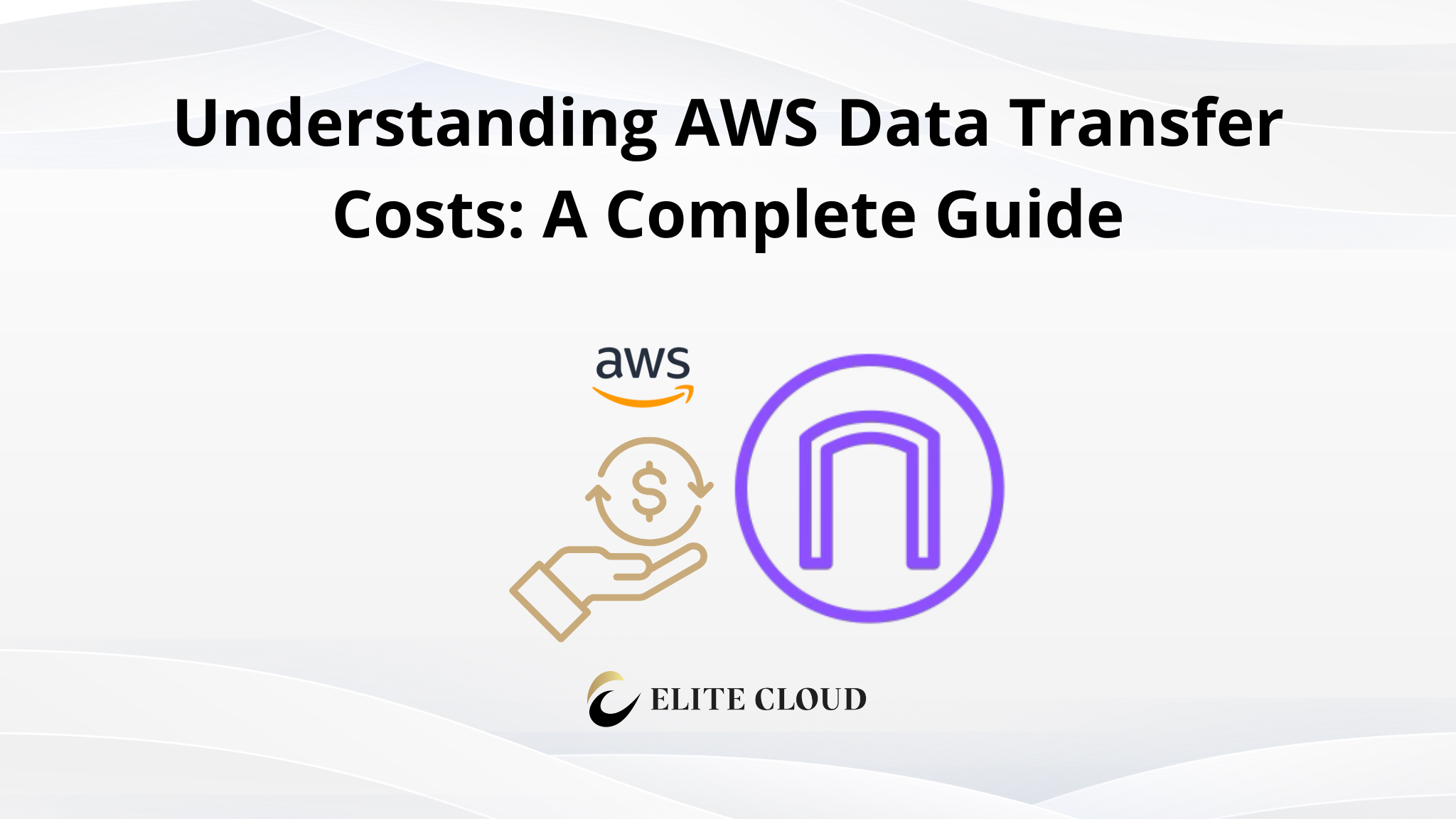Artificial intelligence (AI) is at the top of today’s digital transformative force, reshaping industries and revolutionizing how we live and work. Among the most remarkable developments in this field are AI assistants – intelligent systems capable of understanding natural language, answering questions, and performing a wide range of tasks with unprecedented efficiency. We’ve seen ChatGPT from OpenAI, Gemini from Google, and many other AI assistants. Each one has its different capabilities with pros and cons. Following this AI race, Anthropic has released its new AI assistance Claude 3, which is outperforming its competitors GPT 3.5, GPT 4.0, and Google Gemini.

Source: Anthropic
What is Claude 3?
Claude 3 which was released on March 4, 2024, has provided 3 different AI models in its family. Including Haiku, Sonnet, and Opus following the order of least capable to most capable. It supports general conversion with the capability to analyze images and documents.
Currently, the Sonnet and Opus models are available for use in claude.ai and with the Claude API. However, the Opus model comes behind a $20/month paywall similar to GPT4. The Claude 3 Haiku model can be used with Amazon Bedrock.
Claude 3 models are equipped with advanced multimodal capabilities, allowing them to process and analyze both text and images. This makes them versatile tools for a wide range of applications, from engaging in general conversation to performing complex content creation tasks. The models are designed to be highly engaging and capable of generating high-quality content across various domains.
Model details
Let’s have a look at the three models provided by Claude 3, and their capabilities and pricing.
Opus
Opus is the most intelligent and costly model. It can do complex tasks, problem-solving, and analysis, with a context window of 200k to 1 million. Opus can be used for task automation, research and development, developing strategy, and more. This is the most intelligent AI model compared to the other Claude 3 models, and also its competitors GPT4, Gemini, and others.
The cost related to Claude 3 Opus is $15 (for a million input tokens) and $75 (for a million output tokens).
Sonnet
Following the Opus, Claude 3 Sonnet is the next most intelligent model with a more cost-efficient than Opus. It maintains the ideal balance between intelligence and speed, specializing in enterprise workloads. It’s intended to be used in data processing, sales, marketing, coding, and other day-to-day work. It has a context window of 200k that can go up to 1 million.
The cost of Claude 3 Sonnet is $3/million input tokens and $15/million output tokens. Which is 5 times cheaper than the Claude 3 Opus.
Haiku
This is the fastest and cheapest AI model, capable of near-instant responsiveness. It can be used for customer support and live chats because of its near-instant response and affordable cost. Haiku also has a context window of 200k to 1 million.
The cost of Claude 3 Haiku is $0.25 per million input tokens and $1.25 per million output tokens. Which is 60 times cheaper than the Opus model and 12 times cheaper than the Sonnet model.
Claude 3 Benchmarks
Anthropic has released a research paper with the benchmark of the Claude 3 family. This covers reasoning, reading comprehension, math, science, and coding. The benchmarks resulted in surpassing its previous Claude models and in many cases achieving unparalleled results. The benchmark is compared with Claude 3 Opus, Sonnet, Haiku, GPT-4, GPT3.5, Gemini 1.0 Ultra, Gemini 1.5 Pro, and Gemini 1.0 Pro.

Source: Anthropic
The vision capabilities of Claude 3 are also not far away from its competitors. The models are capable of processing a wide range of visual formats, including photos, charts, graphs, and technical diagrams. Here is the benchmark for Claude 3’s visual capabilities.

Source: Anthropic
It also provided fewer refusals on harmless prompts compared to its previous model Claude 2.1. This proves that Claude 3 is more capable of understanding the meaning of a prompt, instead of tracking blacklist words. Here is the graph provided by Anthropic.

Source: Anthropic
Claude 3 also has improved accuracy compared with Claude 2.1. AI Chatbots often provide incorrect answers, hallucinating some nonsense text or codes. But with Claude 3 the rate is significantly lowered compared to Claude 2.1.

Source: Anthropic
Claude 3’s long context understanding and powerful recall abilities allow it to effectively find and retrieve the correct information from vast corpora of data. Its performance is evaluated on benchmarks like Needle in a Haystack (NIAH), which measures a model’s ability to accurately answer questions by locating relevant details within large datasets. Claude 3 Opus has achieved near-perfect recall and 99% accuracy.

Source: Anthropic
Claude 3 with Claude Chat
Claude 3 can be used from Claude Chat, which has Claude 3 Sonnet, and Claude 3 Opus, in a ChatGPT-like interface. But the Claude 3 Opus model is behind a $20/month paywall. You can sign up for https://claude.ai/chat/ to get access.

Claude 3 with Workbench
You can access all three Claude 3 models for free by signing up at https://console.anthropic.com/ where you can check the API, and also get the API Keys. Anthropic provides users with a $5.00 gift credit for getting started.

Claude 3 with Amazon Bedrock
AWS has also announced the availability of the Claude 3 Haiku and Sonnet model on Amazon Bedrock. You can access it from Amazon Bedrock or access it from Bedrock clients with the AWS Access Key.

This is done using the Claude 3 Haiku model using AWS Access Keys with Bedrock Client.

Conclusion
From the benchmark data and uses Claude 3 surely becomes the winner in most use cases. But the AI war has just begun it’s still soon to settle on this. Anthropic also said it’s not anywhere near its limits, and they plan to release more frequent updates to the Claude 3 family over the next few months. Until next time.
🧠 Curious about building with generative AI using Amazon Bedrock?
Elite Cloud helps you explore, integrate, and scale powerful foundation models from top AI providers—right within your AWS environment using Amazon Bedrock.
👉 Book a strategy session with the Elite Cloud team today and start building intelligent, scalable AI applications with zero infrastructure headaches!




